Accessibility becomes more than an afterthought
Click here to listen to an audio version of this prediction.
On the heels of a waning-but-not-really-waning pandemic that forced the entire world to stay inside for months and come up with new ways of interacting with other people, more journalists and newsrooms are realizing that the accessibility of the news they produce can no longer be an afterthought.
Accessibility has long been a third-tier priority (at best) in most traditional newsrooms, when it’s considered at all. The overwhelming majority of the news content that gets published, as well as of the physical spaces where news-related events are held, fail to include even the most basic considerations for people with accessibility needs. The problem isn’t that standards, guidelines, and training courses aimed at addressing these issues don’t exist — they certainly do. The problem is that they are “entirely voluntary for news sites,” as Michael Fitzgerald wrote in 2016 for Nieman Reports.
Over the past two years, though, the pandemic has forced many newsrooms to incorporate various accessibility features into their operations out of necessity — including live ASL interpretation, auto-transcription or closed captioning, asynchronous communication options for those in different time zones, and more.
Better late than never — but wouldn’t it be nice if it didn’t take a global catastrophe for newsrooms to consider the needs of people outside their most profitable markets? Regardless, the focus now should be on making sure that the admittedly modest attention paid to these needs in recent months becomes cemented as part of whatever the “new normal” for news looks like going forward.
There are, of course, people and organizations already doing this work, and they deserve both individual and institutional support.
Take Jason Strother, an independent multimedia journalist in New Jersey who also teaches as an adjunct professor at the School of Communication and Media at Montclair State. Strother is working with other faculty to launch initiatives on and off campus that will study, promote, and create inclusive content for and about people with disabilities. He’s also working to partner with news organizations across New Jersey to train reporters, develop processes, and improve reporting to make sure accessibility needs are baked into the journalism that comes out of those newsrooms.
“Even though roughly one out of four Americans have some type of physical, sensory, or developmental disability,” says Strother, who himself has a low-vision impairment, “news outlets do very little to ensure their websites, videos, or apps are accessible to people in this community.”
Then there’s Michele Spitz, a voiceover artist and educator who also works in and teaches audio description (AD), which to the low vision and blind communities is “the equivalent of closed captions for the hard of hearing and deaf communities,” she writes. AD technology is often “the most misunderstood and underutilized accessibility asset in the broadcast TV, cable, digital media, gaming, and film industries.”
In Newark, Krystle Allen is the founder and president of Eyes Like Mine — a local nonprofit organization and grantee of the Center for Cooperative Media’s Newark Peer Fund — and is working to “empower, enlighten, and innovate communities in New Jersey about vision loss and the available resources for people with vision loss.” Allen recently co-led a session for local journalists and publishers in New Jersey about how to make their online news content more accessible.
“Just from my own lived experience, me being legally blind,” Allen says, “I didn’t know about all the assistive technology that was available to me.”
Two of Nieman’s 2020 fellows have also been working on and studying these issues. Wendy Lu spent her fellowship examining the state of disability reporting and representation in the media in order to create a curriculum for teaching reporters how to cover disability issues and to teach newsrooms how to be more inclusive of disabled journalists during the hiring process. And Amy Silverman dedicated her 2020 fellowship to creating resources for reporters, media outlets, and journalism schools to help improve coverage of people with disabilities.
In 2022, I predict that we’ll start to see more newsrooms experimenting with some of these technologies and practices. But we’re still a long, long way from anything close to ubiquity. For now, the best way to help us get there is to study and support — and fund — the work that’s already happening and the people who are doing it.
Joe Amditis is associate director of the Center for Cooperative Media.

Click here to listen to an audio version of this prediction.
On the heels of a waning-but-not-really-waning pandemic that forced the entire world to stay inside for months and come up with new ways of interacting with other people, more journalists and newsrooms are realizing that the accessibility of the news they produce can no longer be an afterthought.
Accessibility has long been a third-tier priority (at best) in most traditional newsrooms, when it’s considered at all. The overwhelming majority of the news content that gets published, as well as of the physical spaces where news-related events are held, fail to include even the most basic considerations for people with accessibility needs. The problem isn’t that standards, guidelines, and training courses aimed at addressing these issues don’t exist — they certainly do. The problem is that they are “entirely voluntary for news sites,” as Michael Fitzgerald wrote in 2016 for Nieman Reports.
Over the past two years, though, the pandemic has forced many newsrooms to incorporate various accessibility features into their operations out of necessity — including live ASL interpretation, auto-transcription or closed captioning, asynchronous communication options for those in different time zones, and more.
Better late than never — but wouldn’t it be nice if it didn’t take a global catastrophe for newsrooms to consider the needs of people outside their most profitable markets? Regardless, the focus now should be on making sure that the admittedly modest attention paid to these needs in recent months becomes cemented as part of whatever the “new normal” for news looks like going forward.
There are, of course, people and organizations already doing this work, and they deserve both individual and institutional support.
Take Jason Strother, an independent multimedia journalist in New Jersey who also teaches as an adjunct professor at the School of Communication and Media at Montclair State. Strother is working with other faculty to launch initiatives on and off campus that will study, promote, and create inclusive content for and about people with disabilities. He’s also working to partner with news organizations across New Jersey to train reporters, develop processes, and improve reporting to make sure accessibility needs are baked into the journalism that comes out of those newsrooms.
“Even though roughly one out of four Americans have some type of physical, sensory, or developmental disability,” says Strother, who himself has a low-vision impairment, “news outlets do very little to ensure their websites, videos, or apps are accessible to people in this community.”
Then there’s Michele Spitz, a voiceover artist and educator who also works in and teaches audio description (AD), which to the low vision and blind communities is “the equivalent of closed captions for the hard of hearing and deaf communities,” she writes. AD technology is often “the most misunderstood and underutilized accessibility asset in the broadcast TV, cable, digital media, gaming, and film industries.”
In Newark, Krystle Allen is the founder and president of Eyes Like Mine — a local nonprofit organization and grantee of the Center for Cooperative Media’s Newark Peer Fund — and is working to “empower, enlighten, and innovate communities in New Jersey about vision loss and the available resources for people with vision loss.” Allen recently co-led a session for local journalists and publishers in New Jersey about how to make their online news content more accessible.
“Just from my own lived experience, me being legally blind,” Allen says, “I didn’t know about all the assistive technology that was available to me.”
Two of Nieman’s 2020 fellows have also been working on and studying these issues. Wendy Lu spent her fellowship examining the state of disability reporting and representation in the media in order to create a curriculum for teaching reporters how to cover disability issues and to teach newsrooms how to be more inclusive of disabled journalists during the hiring process. And Amy Silverman dedicated her 2020 fellowship to creating resources for reporters, media outlets, and journalism schools to help improve coverage of people with disabilities.
In 2022, I predict that we’ll start to see more newsrooms experimenting with some of these technologies and practices. But we’re still a long, long way from anything close to ubiquity. For now, the best way to help us get there is to study and support — and fund — the work that’s already happening and the people who are doing it.
Joe Amditis is associate director of the Center for Cooperative Media.
Eric Nuzum

Errin Haines

Chicas Poderosas

Jonas Kaiser

Mary Walter-Brown

Amy Schmitz Weiss
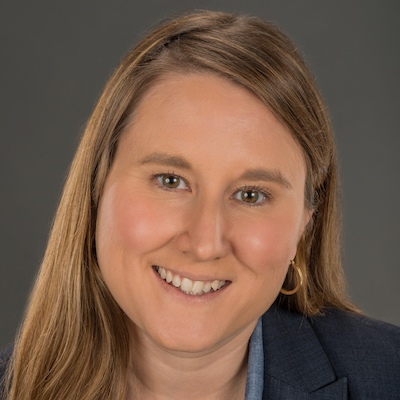
Zizi Papacharissi
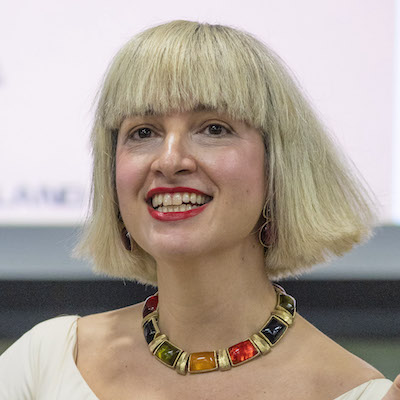
Christoph Mergerson
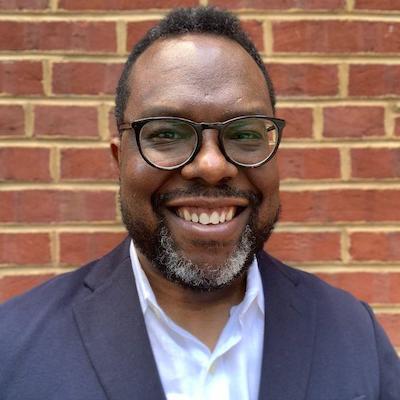
David Cohn

Jesenia De Moya Correa
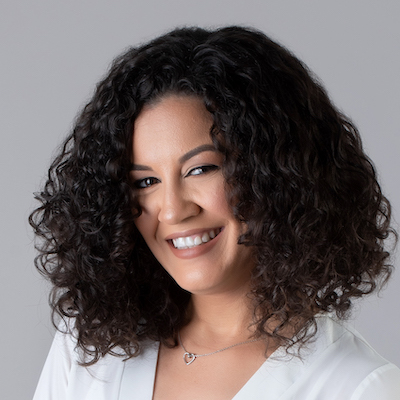
Kerri Hoffman
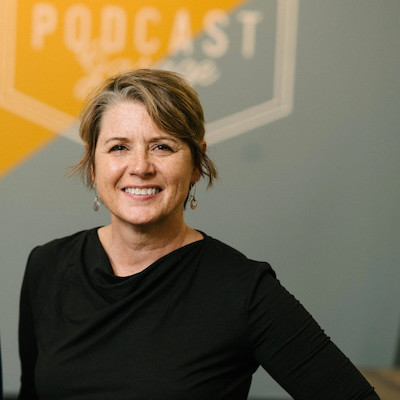
Jessica Clark

Laxmi Parthasarathy
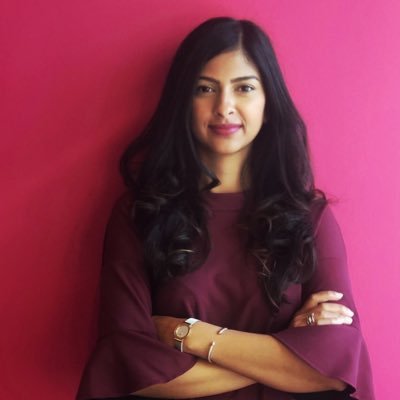
Gabe Schneider
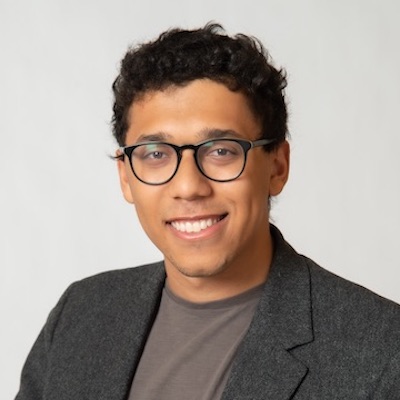
Doris Truong
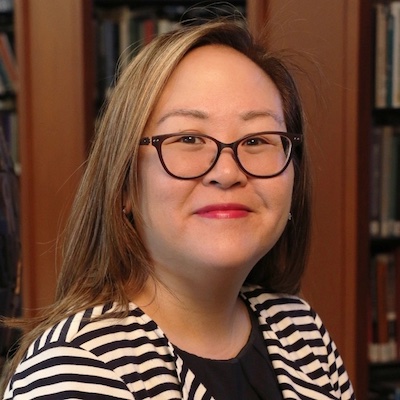
Rachel Glickhouse

Simon Allison
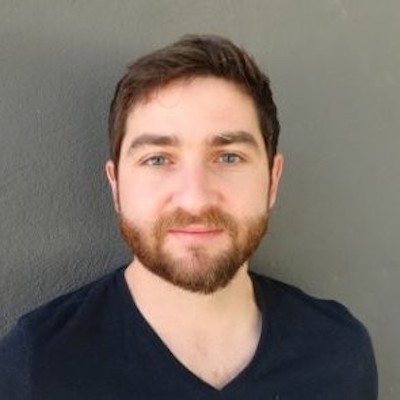
Jim Friedlich
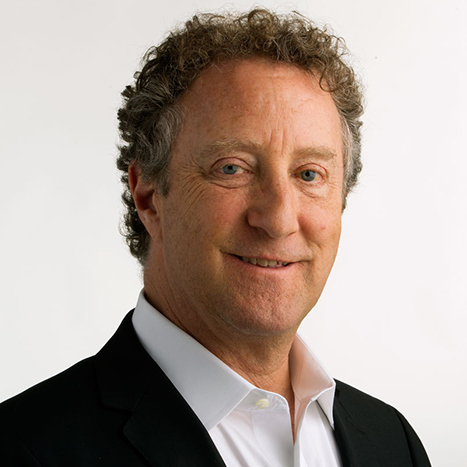
Millie Tran

Christina Shih

AX Mina

Sarah Marshall

Tom Trewinnard
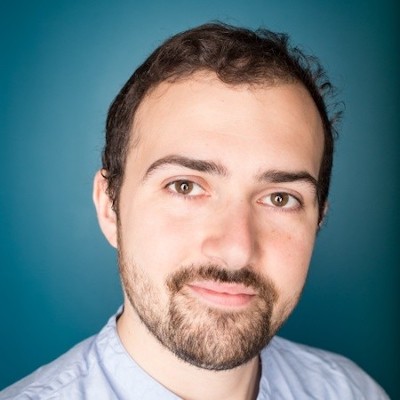
Tamar Charney
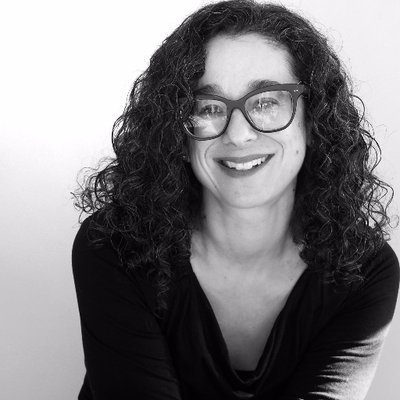
Jennifer Brandel

S. Mitra Kalita
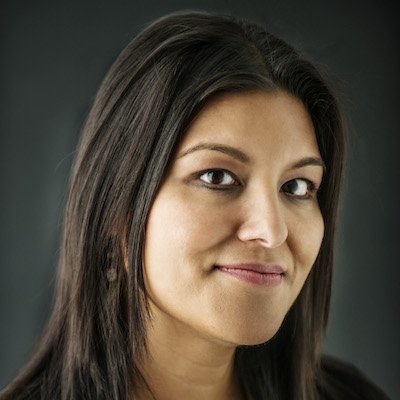
Simon Galperin

Kristen Jeffers
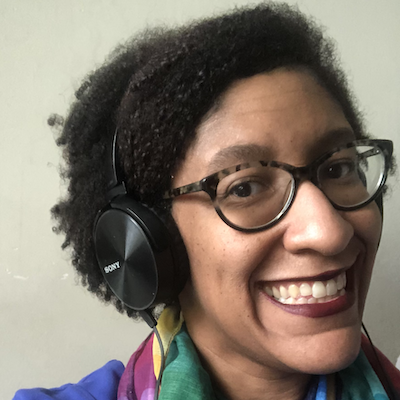
Cristina Tardáguila
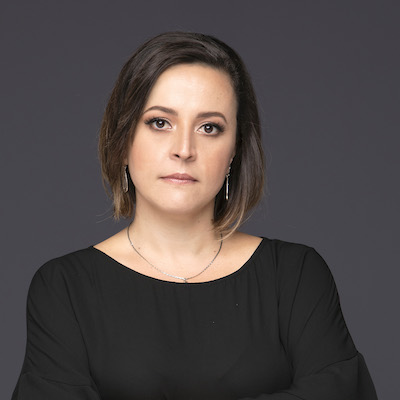
Mandy Jenkins

John Davidow

Megan McCarthy

Candace Amos
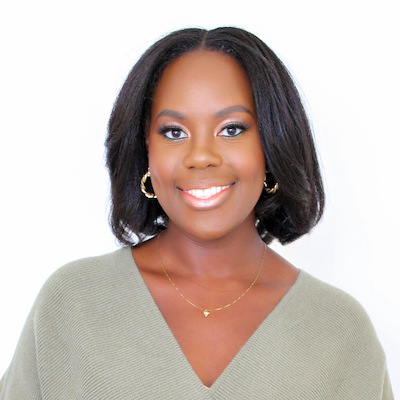
Ståle Grut

A.J. Bauer
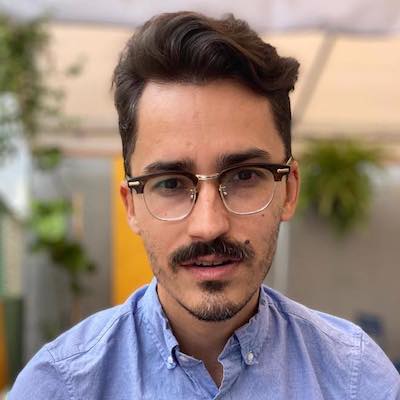
Stephen Fowler

Nik Usher

Francesco Zaffarano
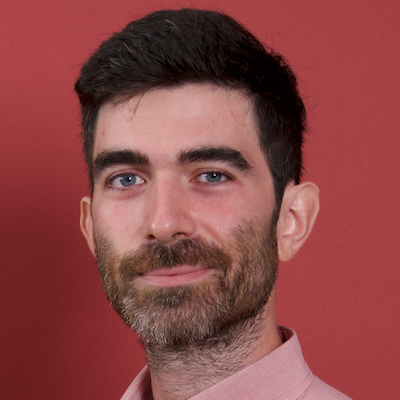
Joshua P. Darr

Cherian George
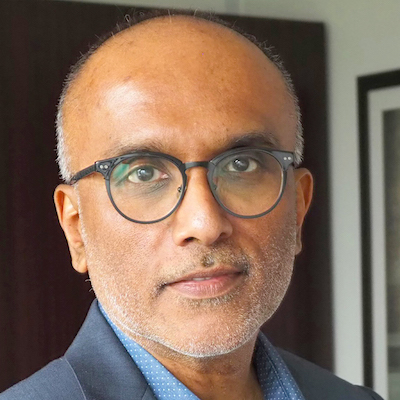
Shalabh Upadhyay
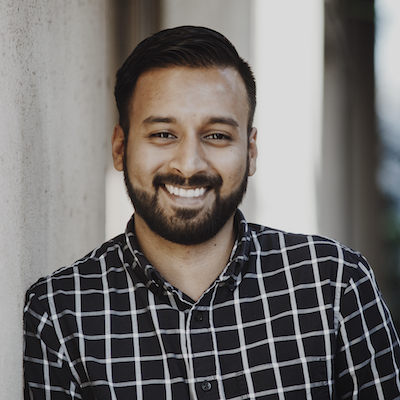
Joni Deutsch
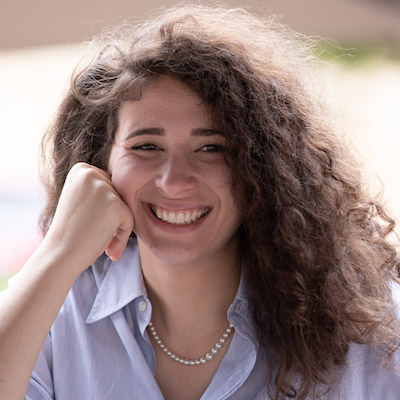
Robert Hernandez
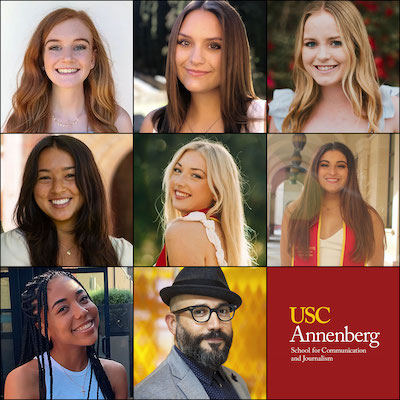
Shannon McGregor Carolyn Schmitt

Matthew Pressman
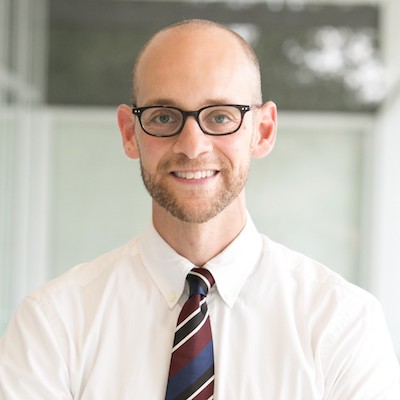
Jennifer Coogan
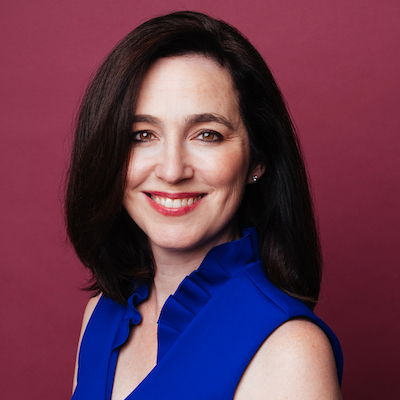
Parker Molloy

Matt DeRienzo
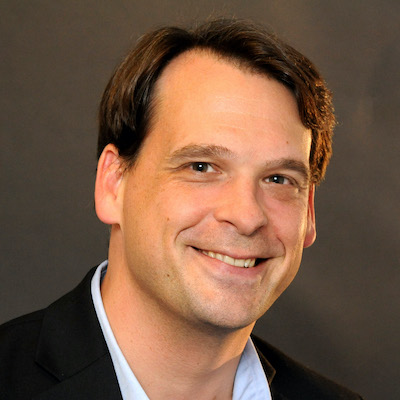
Brian Moritz

Kristen Muller
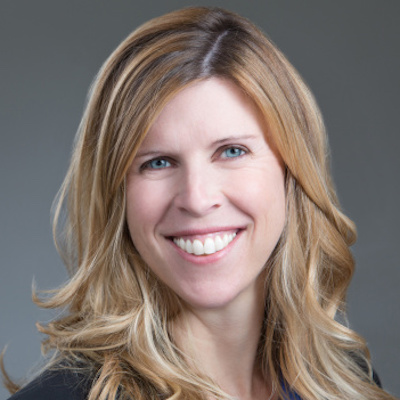
Kendra Pierre-Louis

Larry Ryckman

Mario García
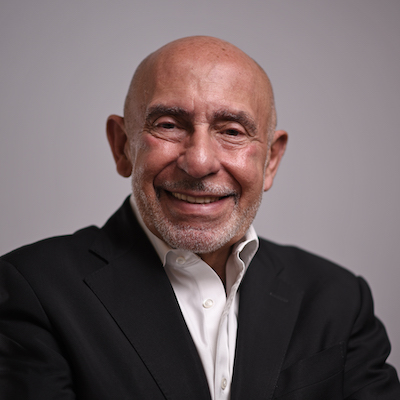
j. Siguru Wahutu
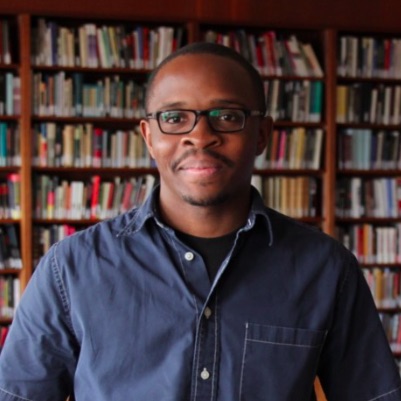
Wilson Liévano

Moreno Cruz Osório

Chase Davis

James Green

Daniel Eilemberg

Anita Varma
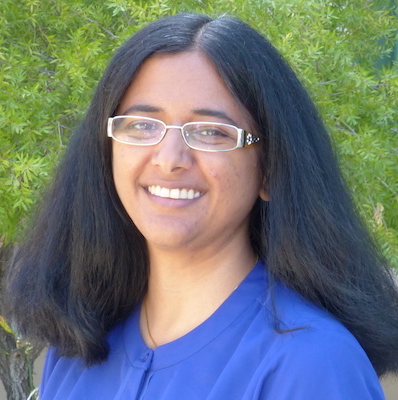
Izabella Kaminska
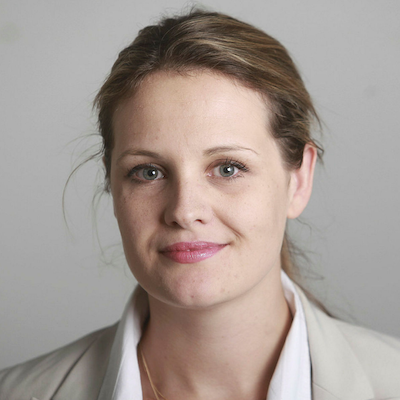
Burt Herman
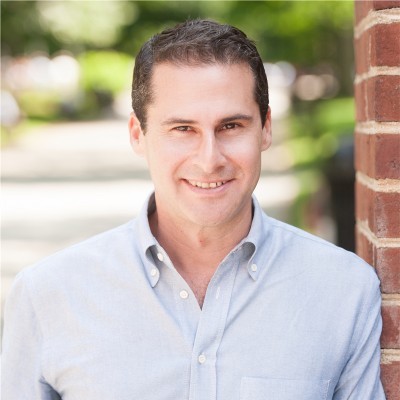
Tony Baranowski
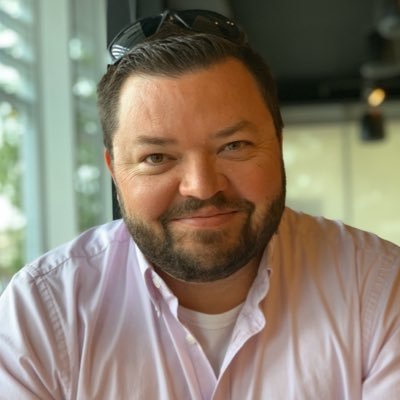
Alice Antheaume
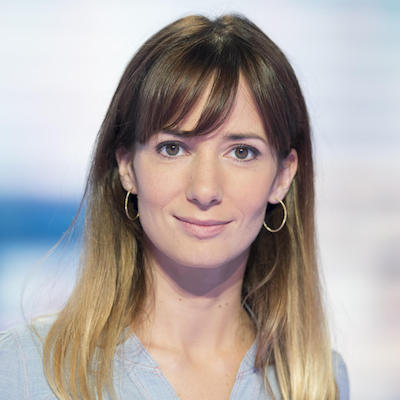
Joy Mayer

David Skok
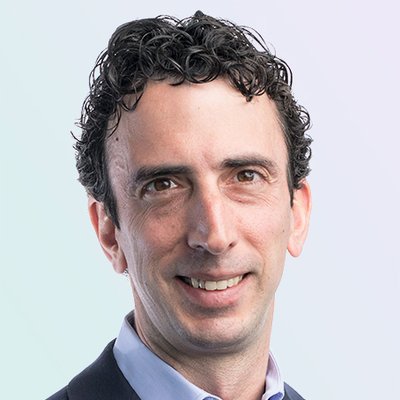
Matt Karolian
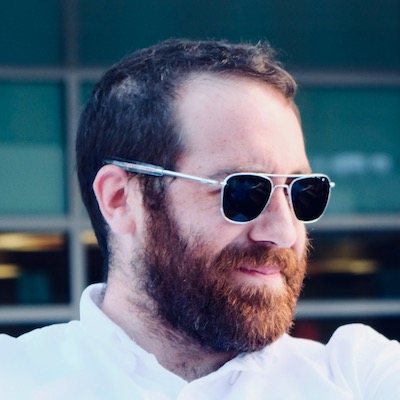
Meena Thiruvengadam
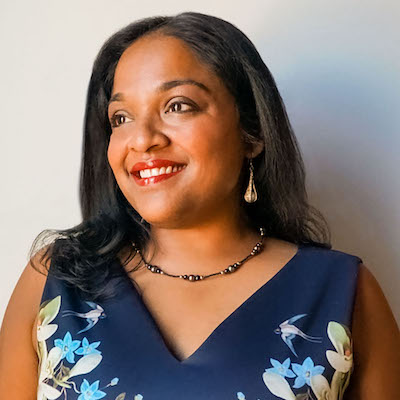
Jody Brannon

Don Day

Jesse Holcomb
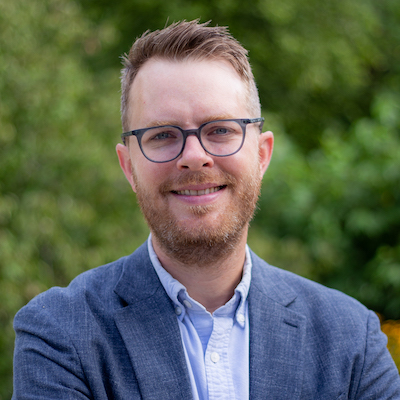
Joanne McNeil

Joe Amditis

Michael W. Wagner

Sam Guzik
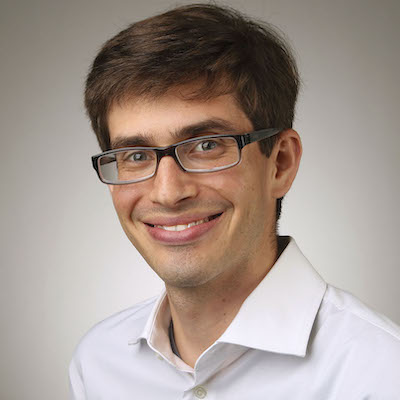
Andrew Freedman

Anthony Nadler

Victor Pickard
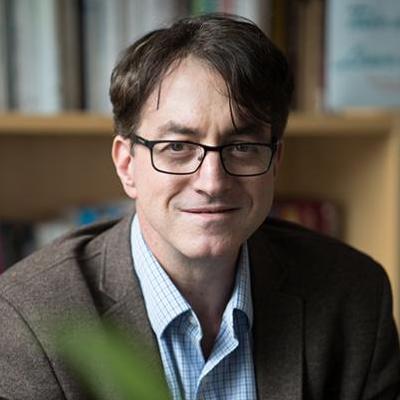
Paul Cheung
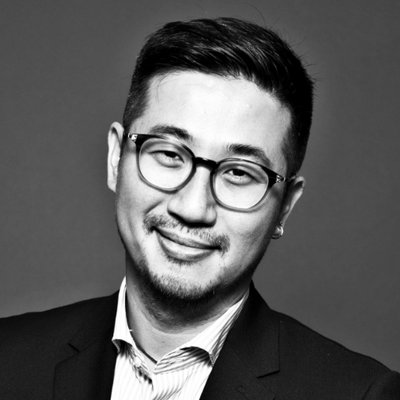
Stefanie Murray

Amara Aguilar

Julia Munslow
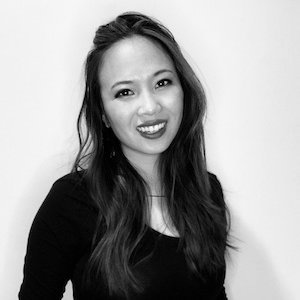
Anika Anand

Natalia Viana
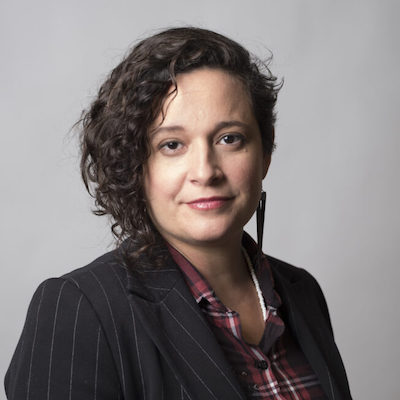
Ariel Zirulnick

Julia Angwin
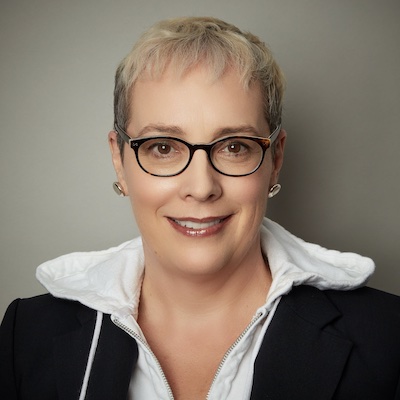
James Salanga

Rasmus Kleis Nielsen

Melody Kramer

Catalina Albeanu

Richard Tofel

Mike Rispoli

Cindy Royal

Raney Aronson-Rath
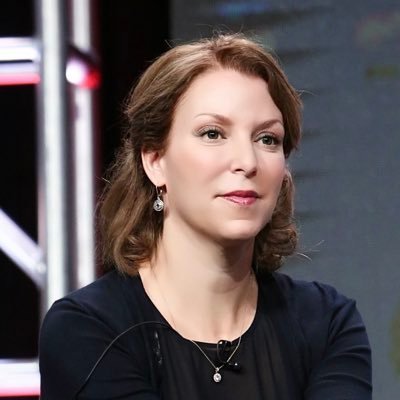
Whitney Phillips

Gordon Crovitz

Kathleen Searles Rebekah Trumble

Gonzalo del Peon

Sarah Stonbely

Juleyka Lantigua
